Paul Kent column: Salary cap dramas forecast dark days ahead at Belmore
BULLDOGS coach Dean Pay has inherited a salary cap so bent out of shape it looks like a pretzel, and for the first time following the Broncos clash we saw the frustration boil over, writes Paul Kent.
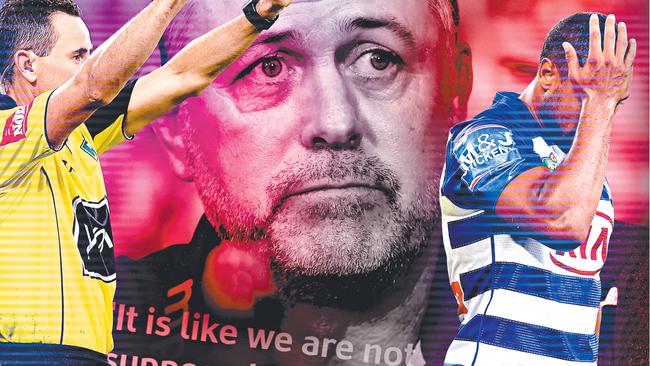
Bulldogs
Don't miss out on the headlines from Bulldogs. Followed categories will be added to My News.
THE frustration of the losing coach came 65 minutes in. Will Hopoate broke free down the right edge and blue and white jerseys came from everywhere in support.
It was tight. The score was 14-all at the time.
Hopoate had Marcelo Montoya outside him. Inside were Rhyse Martin, Kieran Foran and Kerrod Holland.
With his pick of who to pass to Hopoate kicked the ball.
“Pass the f...... ball!” coach Dean Pay yelled in the coach’s box, more in frustration than an offer of advice.
FAVOURITE SON: King Gutho is Parra’s No.1 inspiration
CULT HERO: Mahe has more to offer than a cracking mullet
BLAST: Bennett spray that saved George Burgess

The ball rolled infield and looked set to be defused by Jack Bird’s scramble defence ... until Bird slipped and went under the ball and it gifted Holland a try to make it 20-14.
The Bulldogs thought they had the game won with that try but, later, a depressed Pay walked into the press conference to explain a 22-20 loss after Moses Mbye was sin-binned and Brisbane kicked the penalty goal for the difference.
“Is that worth a penalty to stop a game of football? We didn’t get the opportunity to keep playing. The game was over,” he said.
“I have got a group of blokes in there that have busted their arse and to be decided like that is ridiculous.
“What do I say to them? It is like we are not supposed to win.”
Pay was unhappy with the referees, who he said made more than one error.
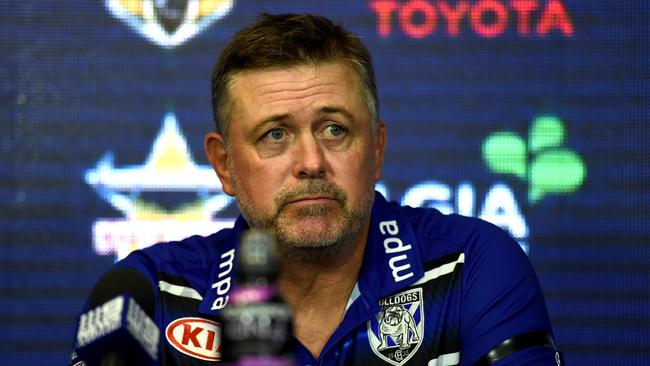
“We put a kick up, the winger catches the ball and gives himself up as if it is a knock on, and then he tells him to play on,” Pay said.
“It looks like a knock-on, then it is a knock-on. It was a disgraceful call.”
It is a little known fact that mistakes happen in rugby league.
Like when Raymond Faitala-Mariner dropped the ball seven minutes in on tackle three.
Or when the Dogs flirted with space down the right side in the 11th minute and Montoya kicked ahead, putting the ball dead and giving Brisbane a seven-tackle restart.
Or when the Dogs defended back to back sets on their tryline six minutes later and when they finally got the ball Brett Morris tried to offload 10m from his tryline on tackle three and dropped it.
Broncos ball.
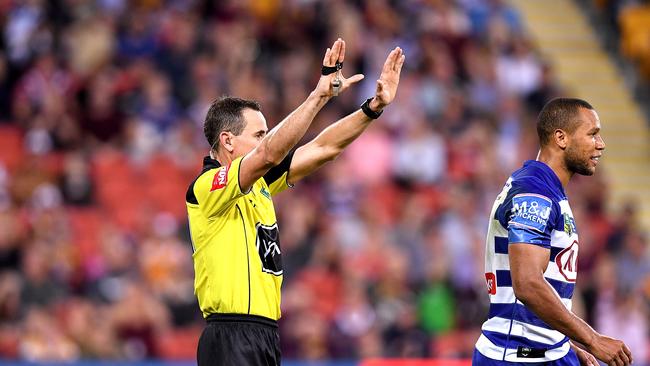
Three tackles later Darius Boyd exploited a poor defensive read by the Bulldogs and put Corey Oates over to level scores.
Just like the Holland try that came from Bird’s error, mistakes happen.
Pay’s frustrations are the pains of a new coach in his first season at the club who has won just two games from his first nine.
But spare some sympathy for him, there is a deeper cause, too.
Pay is under a squeeze that threatens to push the air right out of him.
He has inherited a salary cap so bent out of shape it looks like a pretzel.
The Bulldogs have 14 players off contract at the end of this season and they will need to sign 14 players, not necessarily the same 14 players, to fulfil the basic NRL requirement of having 30-men in their roster.
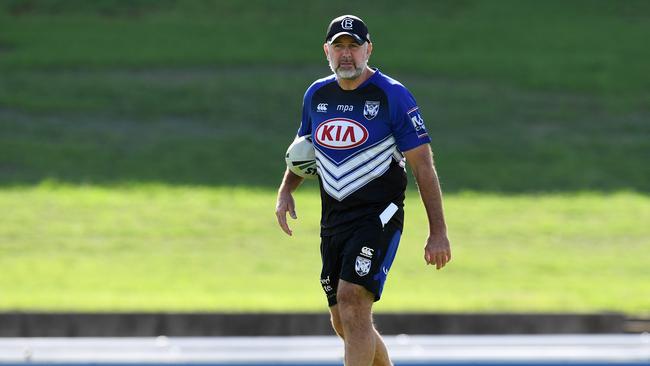
Their problem is that there are so many back-ended deals at the club that, when the 14 players end their contracts, some of the remaining 16 have upgrades that, once calculated, will leave the club with just $800,000 to spend.
This is what Pay knows.
With the minimum wage set at $85,000 it is mathematically impossible to sign 14 players for under $800,000.
Even if the club managed to convince all 14 to sign at minimum wage it would still cost $1.19 million, putting the Dogs $390,000 over the salary cap.
Ambition is the reason why clubs get themselves in salary cap trouble. But how does the NRL allow this to happen?
Salary caps were introduced for two reasons.
The first was to spread talent and stop rich clubs stockpiling the good players.
The second was to stop clubs going broke by overspending what they can afford in a gamble to win a premiership.
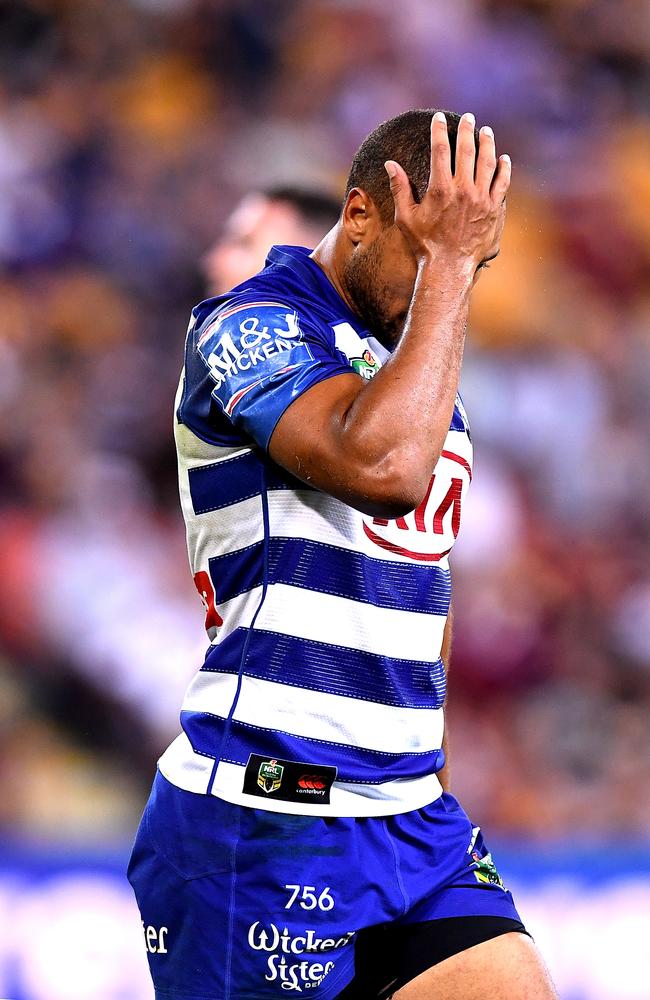
The practice works in theory only until at least two clubs overspend to win the same premiership.
So clubs beat the salary cap with illegal hidden payments or by legally back-loading contracts to their final years to allow them to soup up their roster in the hope of claiming an early premiership.
Canterbury has got itself in awful trouble.
The NRL warned the Dogs last year when it was too late. The NRL’s salary cap department has no excuse for registering these contracts when the figures can’t add up under their own salary cap rules.
Bulldogs fans, already frustrated with last year’s poor results, will likely face two more shocking seasons before the club even begins to recruit its way out of its current problems.
Pay is shackled by the spending of others and will need every ounce of smarts he has learned to even make the Bulldogs competitive.
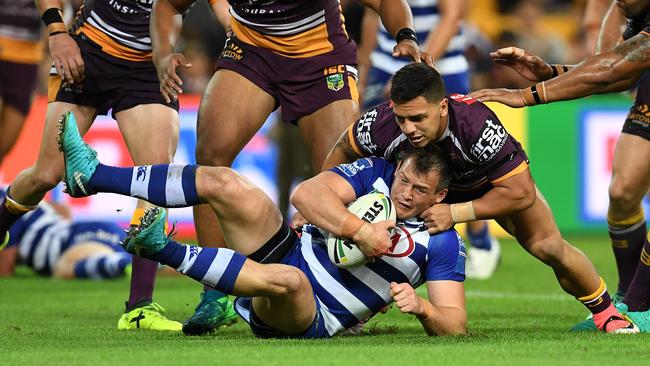
It is an unenviable position for a debut coach.
He inherited a squad unable to make the semi-finals and, somehow, must cut players just to
fix the mistakes of those who came before him.
The Bulldogs’ cap problems show why coaches should be kept away from contracts and why the smart clubs are moving towards fulltime specialists.
Coaches want to win today. Their priority is now.
General manager and cap
Salary caps are an expertise.
American teams working under salary caps have begun contracting their salary cap management to outside firms to ensure they can’t be corrupted by the lure of quick success.
It sounds solid but NRL clubs won’t do it because it means they can’t cheat.
It is increasingly unacceptable The sooner coaches are removed from negotiations the safer for clubs.
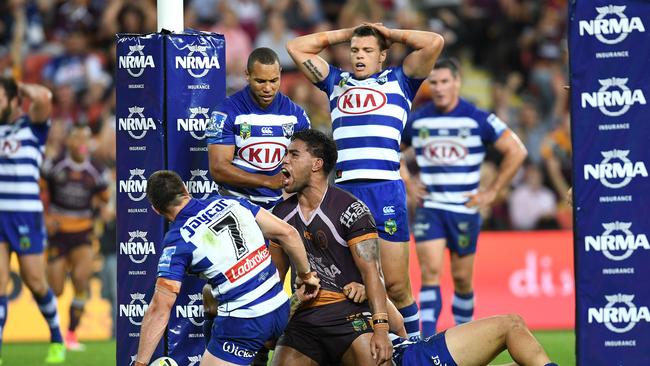
Pay’s only choice will be to offload quality players at bargain price, further depleting his roster strength and making him more vulnerable to the impatience of fans.
Those frustrations, where they are and what he knows, came to the fore when a game they came close to winning got lost on Thursday.
Mbye’s sin-binning was correct, despite his frustrations. It is a penalty every day.
Afterward, skipper Josh Jackson, sitting next to Pay, complimented his team.
“You can’t question the effort or attitude of the boys. It was fantastic,” he said.
If that was the standard to be applied, neither could you question the effort or attitude of the referees.
That wasn’t the standard applied to the referees, though. They had their execution questioned.
And the Bulldogs were hardly perfect in that area, either.
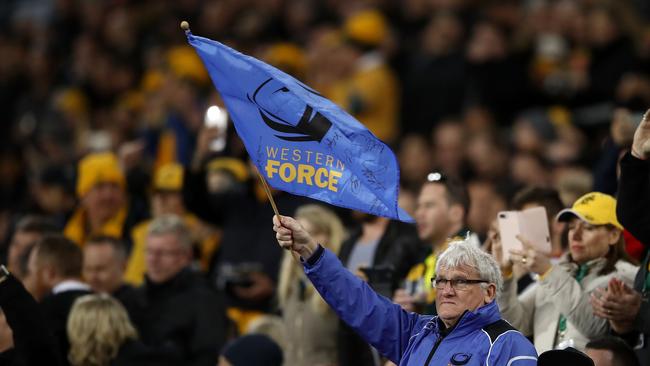
ADMIN WOES IN AUSTRALIAN SPORT
TIN pot administration seems to be Australia’s sporting curse.
Let’s just deal with some facts.
A solid reason put forward for Rugby Australia to cut the Western Force was that the talent was spread too thin among the five Australian franchises and that by reducing it to four there would be greater depth among franchises.
That hasn’t happened.
Heading into last night’s game between Melbourne Rebels and Canterbury Crusaders no Australian franchise had won a game against a New Zealand franchise in the past 36 games, including every game this year.
Another reason offered for culling the Force was the money saved would go into grassroots rugby.
This week Rugby Australia cut the Penrith Rugby Union from the Sydney Grade Competition because there was no money to fund the club.
Sporting administrators used to come from within their sport. In a shift to carry more business expertise recent trends have seen our sports looking to hire from outside their sport in a bid to grow commercially.
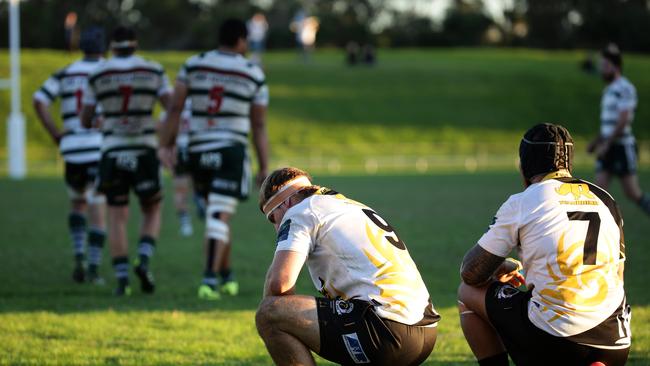
It’s tough to make a case for it.
The NRL announced this week, through chairman Peter Beattie, it “remains on track to deliver a $40 million profit for 2018”.
The devil was in the detail, though.
The statement’s third paragraph read: “Mr Beattie said the game historically delivers higher profits in the early years of the broadcast cycle and these even out over the latter years as club grants and the salary cap rise.”
What that means is the NRL always budgeted for a profit of $40 million or so this year, the first of the new $2 billion broadcast deal but which, by the end of the deal in 2022, will have the NRL about $20 million in debt.
That’s $2 billion spent in five years with not an asset to show for it.
Those facts were not disclosed.



